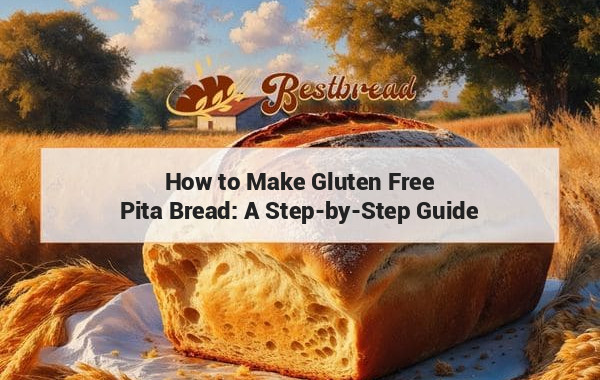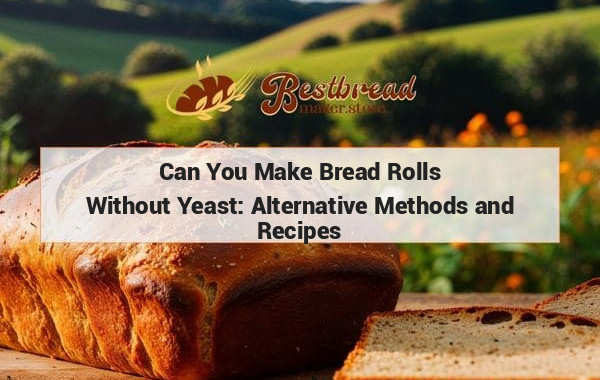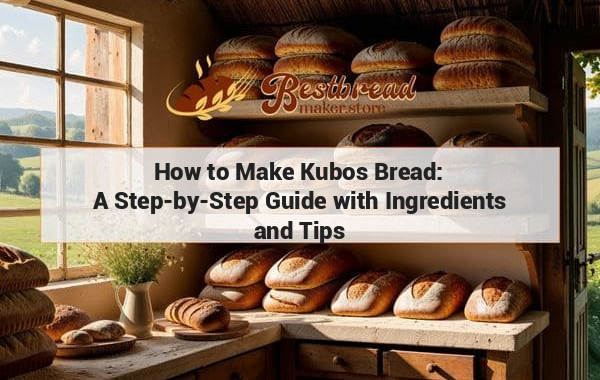How to Make Gluten Free Pita Bread: A Step-by-Step Guide
To make gluten free pita bread, combine gluten free flour, xanthan gum, yeast, sugar, salt, warm water, and olive oil. Knead the dough, let it rise, and divide into balls. Roll out each ball into a circle and cook in a hot skillet until puffy. Enjoy soft and delicious gluten free pita bread for sandwiches or dipping!
How to Make Gluten-Free Pita Bread: A Step-by-Step Guide
Making gluten-free pita bread at home can be an enjoyable and satisfying process. By following the right steps and using quality ingredients, you’ll have soft, fluffy pita bread perfect for any meal. Whether you're gluten-sensitive or just experimenting with new recipes, this guide will walk you through each step to ensure success.
Key Takeaways:
"Gluten-free pita bread" can be made easily with the right mix of gluten-free flour and simple ingredients like yeast, warm water, and olive oil. This recipe ensures soft, fluffy pita that’s perfect for wraps, dips, or sandwiches.
Understanding Gluten-Free Pita Bread
Gluten-free pita bread differs from traditional pita because it lacks the elasticity that gluten provides. This can make it challenging to achieve the same texture, but with the right mix of gluten-free flours and binding agents, you can create delicious, fluffy pitas.
Ingredients You’ll Need
- 2 cups of gluten-free all-purpose flour blend (make sure it contains xanthan gum)
- 1 teaspoon salt
- 1 teaspoon sugar
- 2 teaspoons active dry yeast
- 1 tablespoon olive oil
- 3/4 cup warm water
The choice of flour blend is crucial; it impacts the texture and taste of your pita bread. For best results, use a high-quality blend that contains a mixture of rice flour, potato starch, and tapioca flour.
Step-by-Step Guide to Making Gluten-Free Pita Bread
Activating the Yeast
Start by activating the yeast. In a bowl, combine the warm water, sugar, and yeast. Let it sit for 5-10 minutes until it becomes foamy. This step ensures your yeast is active, which is essential for the bread to rise properly.
Mixing the Dough
Combine the gluten-free flour blend and salt in a large mixing bowl. Make a well in the center and pour in the activated yeast mixture and olive oil. Mix until the dough comes together. If it's too sticky, add a little more flour; if it's too dry, add a bit more water.
Kneading the Dough
Knead the dough for about 5 minutes on a lightly floured surface. Since gluten-free doughs are generally stickier than regular doughs, you may need to wet your hands or dust them with a bit of flour. Kneading helps to incorporate air, which will make the pita bread light and fluffy.
Letting the Dough Rise
Place the dough in a greased bowl and cover it with a clean kitchen towel. Let it rise for about an hour in a warm place until it doubles in size. This process allows the yeast to ferment and create the air pockets that will puff up your pita bread when it bakes.
Shaping the Pita Bread
Once the dough has risen, divide it into small balls, about the size of a golf ball. Roll each ball into a flat, round shape using a rolling pin. Aim for about 1/4 inch in thickness.
Pro Tip: Use parchment paper to prevent sticking while rolling out the dough.
Cooking Methods for Gluten-Free Pita Bread
There are two main ways to cook gluten-free pita bread: stovetop or oven. Both methods yield delicious results, so choose based on your preference and equipment.
Stovetop Method
- Heat a non-stick pan over medium-high heat.
- Place one piece of rolled-out dough into the pan.
- Cook for 2-3 minutes on each side until golden brown and puffed.
- Repeat with the remaining dough.
The stovetop method is quick and ensures a crispy outside with a soft, fluffy inside.
Oven Method
- Preheat your oven to 475°F (245°C) and place a baking sheet inside to heat.
- Transfer the rolled dough onto the hot baking sheet and bake for 5-7 minutes until it puffs up and turns golden brown.
- Remove from the oven and let it cool slightly before serving.
Storing and Serving Gluten-Free Pita Bread
Freshly baked gluten-free pita bread is best enjoyed warm. However, if you have leftovers, store them in an airtight container or a zip-lock bag. Reheat in the oven or on the stovetop to restore its freshness.
Use the pita bread for wraps, dipping in hummus, or as a base for gluten-free pizzas. The versatility of gluten-free pita makes it a great addition to any meal.
Choosing the Right Bread Maker for Gluten-Free Bread
If you’re planning to make gluten-free bread more frequently, investing in a quality bread maker can be a game-changer. It saves time, ensures consistency, and allows you to customize recipes according to your needs. For expert advice and recommendations, visit bestbreadmaker.store, where you can find reviews on the best bread makers tailored for gluten-free baking.
Frequently Asked Questions
1. Can I make gluten-free pita bread without a bread maker?
Yes, gluten-free pita bread can be made easily without a bread maker. Following the steps above with basic kitchen tools like a mixing bowl, rolling pin, and a stovetop or oven will yield excellent results.
2. What flour is best for gluten-free pita bread?
A high-quality gluten-free flour blend containing xanthan gum, rice flour, potato starch, and tapioca starch is ideal. These ingredients mimic the elasticity of gluten, which is important for achieving the right texture.
3. Why didn’t my pita bread puff up?
Several factors can prevent pita from puffing. Ensure the dough is rolled evenly and thin enough, the yeast is active, and the cooking surface (whether pan or oven) is hot enough to create the steam needed for puffing.
4. How can I add flavor to my gluten-free pita bread?
You can enhance the flavor by adding herbs like oregano or thyme, garlic powder, or even a dash of cumin to the dough. Additionally, brushing the cooked pita with olive oil and your choice of seasoning elevates the taste.
5. Is gluten-free pita bread healthier?
Gluten-free pita bread caters to those with gluten sensitivities or celiac disease. It can also be part of a balanced diet if made with whole grains and less processed ingredients, offering a healthy alternative to traditional pita.
Experimenting with gluten-free baking might seem daunting, but with the right techniques and quality ingredients, you can create delicious pita bread that everyone can enjoy.








